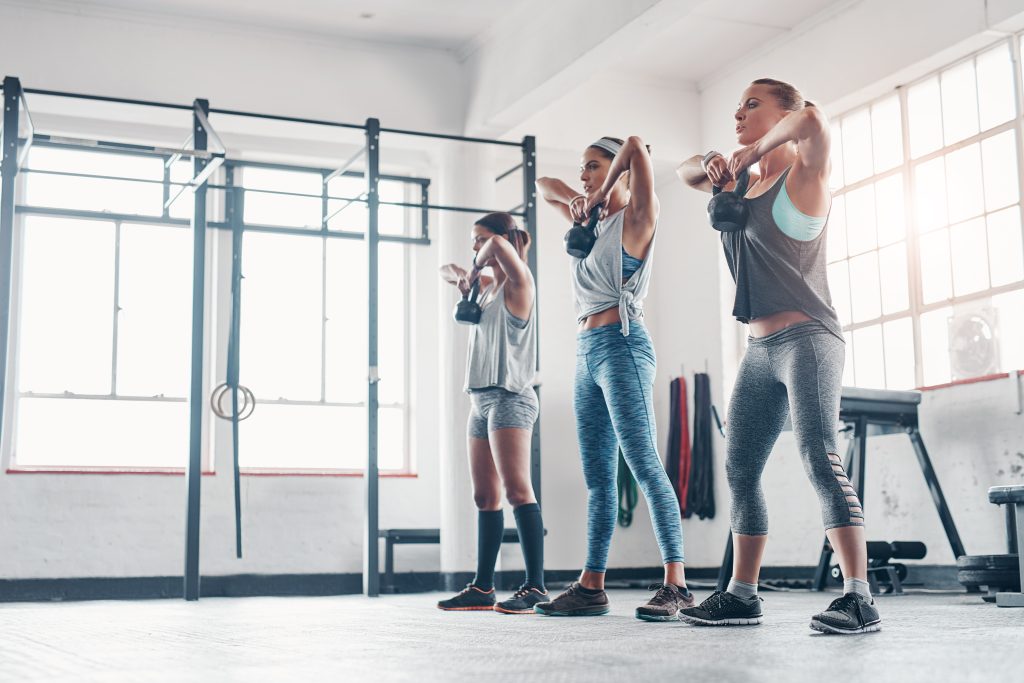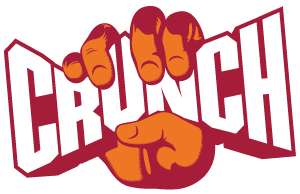When you find your training groove and see tangible results, it makes you feel unstoppable. We see this happen time and again – but only when people commit and stay consistent. Kettlebell workout regimes have remained popular for one important reason: they work.
This is because a simple kettlebell, with its unique shape and offset weight, is so versatile. It’s like having a whole gym in one portable piece of equipment. Whether you’re a newbie or a veteran, a kettlebell workout routine can be tailored to your needs. Strength, cardio, endurance, flexibility – a kettlebell can help you work towards any goal.

Unlocking the Potential: Your Comprehensive Kettlebell Workout Guide
As with any exercise program, your safety comes first. This is particularly true if you’re new to kettlebell training. This type of workout utilises momentum, so getting your form and technique right is important. Before jumping into anything too heavy, master the basic movements.
Trust us; your body (and wrists.) will thank you. Plus, with solid foundations, you are far less likely to injure yourself. You’ll also be more likely to see impressive results.
Perfecting the Basics of Your Kettlebell Workout Guide
First things first, let’s discuss choosing the correct kettlebell weight. Going too heavy, too quickly is one of the biggest culprits for injuries. Finding the “Goldilocks” sweet spot for you will depend on your experience level.
Here is a general guideline we give our clients:
- Beginner (new to working out): Start with an 8–12kg kettlebell.
- Intermediate (comfortable with resistance training): Start with a 12–16kg kettlebell.
- Advanced (experienced weightlifter): 16kg+ kettlebell.
The key is to pick a weight you can control with good form and proper technique for all reps and sets.
Beginner-Friendly Exercises: Nailing the Fundamentals
Starting a new exercise regime can be overwhelming. So don’t get intimidated with all the fancy moves you can do with a kettlebell. It’s better to start easy and add more variety and difficulty as you go along. Your focus here should be on mastering the form.
The Mighty Swing: Your Kettlebell Best Friend
We’re willing to bet that when you think of kettlebells, you automatically think of kettlebell swings, right? The kettlebell swing is undoubtedly one of the foundations of a great kettlebell workout plan. Done right, it’s a full-body compound move.
To perform a swing:
- Stand with your feet a touch wider than hip-width, and place your kettlebell just in front of you.
- Hinge at your hips, slightly bend your knees, and grip the kettlebell handle firmly with both hands. This is your starting position.
- Driving through your hips, ‘hike’ the kettlebell back between your legs. Then, extend your hips and knees explosively as the bell swings forward.
- Control the swing with your core and glutes (rather than letting momentum dictate), then swing back between your legs.
The Goblet Squat: Strength Training Staple
Goblet squats are great for building lower body strength – glutes, quads, and hamstrings. This exercise also gives your core a good workout. Because it requires you to hold the kettlebell close to your chest, this is a fantastic exercise for encouraging the correct squatting form.
How to do it:
- Stand with your feet a touch wider than hip-width, with your toes pointing slightly outward.
- Hold the kettlebell close to your chest by the horns (where the rounded sides of the kettlebell meet the handle).
- Send your hips down and back, keeping your chest lifted. Go until your elbows pass the inside of your thighs (or as close to this position as possible while maintaining proper form.)
- Push through your heels to stand back up.
Overhead Press: Shoulders and Core Unite
Overhead presses with a kettlebell will target your shoulders and upper back. This amazing exercise also works your core. Unlike barbells, using kettlebells allows for a more natural range of movement, which makes this a great move to add to your upper-body days.
The how-to:
- Start with one kettlebell in each hand, resting on the back of your forearms with palms facing in.
- With your core engaged and elbows tucked slightly, press the kettlebell overhead until your elbows are fully extended. Avoid excessive arching of the back, and control the kettlebell as you lower it back to your shoulder.
Stepping It Up: Designing Your Perfect Kettlebell Workout Guide
With a clear understanding of proper form, you can now put your newfound knowledge to the test with these kettlebell exercise guides.
Arm Workouts with Kettlebells
Ab Workouts with Kettlebells
Leg Workouts with Kettlebells
Troubleshooting Your Form
Getting your form right is probably the most important thing when using kettlebells. We have all been there, trying to discreetly peek over at what other gym-goers are doing. Don’t be shy to ask a personal trainer for help.
So, what are you waiting for? Get out there and embrace the awesome power of the mighty kettlebell. Consistency is key, so start incorporating your new kettlebell routine into your workout schedule.
FAQs About Kettlebell Workout Guides
Is 20 minutes of kettlebells enough?
Absolutely. Twenty minutes of kettlebells can provide a fantastic workout. The key is to maximise your time and intensity. You can get a lot done when you use your time efficiently.
Can I get a good workout with just a kettlebell?
You sure can. A kettlebell is a versatile piece of equipment; you can work your whole body with one. Many exercises can be done with just this one piece of equipment.
Do kettlebell workouts really work?
Yep. Kettlebells are great for strength training, muscle building, cardio, and more. They’re a great way to change up your routine.
How many times a week should you do kettlebell workouts?
This comes down to your current fitness level and your goals. Doing 2–3 kettlebell workouts per week is generally recommended to reap the benefits. However, it’s important to listen to your body and rest whe


Crunch Fitness Virtual Assistant
 I'd like some help reaching my Fitness goals!
I'd like some help reaching my Fitness goals! I'm an existing member and would like some help!
I'm an existing member and would like some help! I have some questions about becoming a Crunch member!
I have some questions about becoming a Crunch member! AU
AU United States
United States Canada
Canada Costa Rica
Costa Rica Spain
Spain Portugal
Portugal NSW Clubs
NSW Clubs VIC Clubs
VIC Clubs